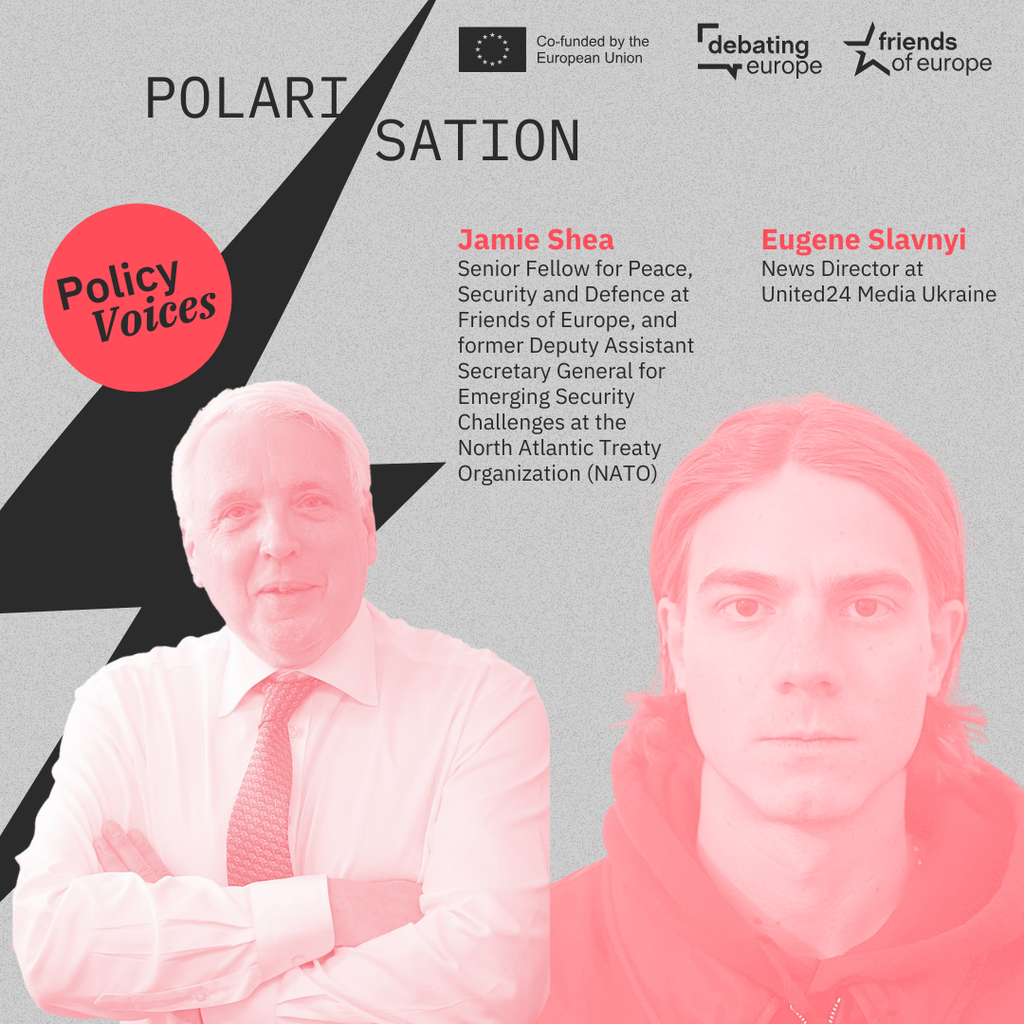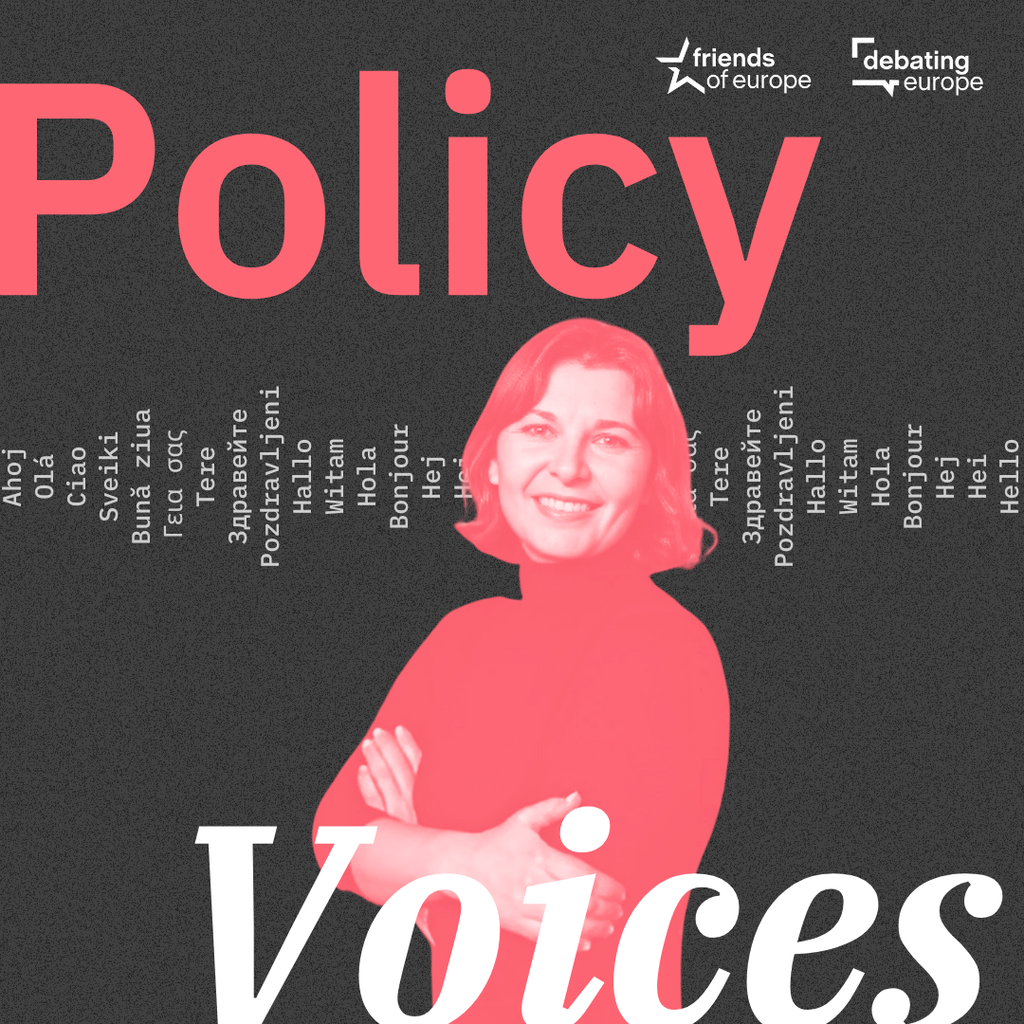From ambition to action: building Europe’s Defence Union
Past event In person

- Area of Expertise
- Peace, Security & Defence
Peace, Security & Defence

Only four years after the European Neighbourhood Policy (ENP) underwent its first major review at the time of what was over-enthusiastically being called the ‘Arab Spring’, the ENP is once again in flux. The adoption of a consultation paper in March earlier this year called ‘Towards a new European Neighbourhood Policy’ so soon after the previous review was supposed to have made the ENP fit for purpose says much of the Barroso Commission’s shortcomings. Certainly, a genuine overhaul is now timely and much needed.
The EU’s eastern and southern neighbours have been going from crisis to crisis, with 12 out of 16 of them now directly exposed to unresolved conflicts, territorial occupation or even war. Bad governance, untransparent and ineffective state institutions, corruption and frequent violations of civil and political liberties are the rule rather than the exception in most of the partner countries in Europe’s neighbourhood. The European Union’s policymakers, whether in the Commission, the Parliament, the External Action Service or in EU member states’ capitals have all pointed to the ENP’s failure to respond adequately to these challenges.
Europe’s domestic problems are obviously an important factor. These times of austerity, rising nationalism and xenophobia, of growing concerns over illicit immigration, together with the looming threat of a Grexit and a disintegrating eurozone make costly and unpredictable foreign policy initiatives unattractive to public opinion. The latest ENP review is therefore faced with considerable constraints and seemingly bleak prospects. Yet meaningful reform of the ENP can be achieved, and it doesn’t necessarily have to come with a high price tag. For this to happen, though, decision-makers in the EU institutions and in member states’ capitals need to take five points into account.
In the first place, they must resist the ‘back to basics’ logic that some say should be put at the centre of the ENP review. Much as this sounds sensible, it is flawed. Not only did the basics of 2002 and early 2003, when the concept of a ‘wider Europe’ was agreed, relate to a neighbourhood very different to today’s, but also these basics were rooted in a false belief that the recipe for enlargement – conditionality and incentives for lasting reform – could be replicated without the carrot of EU membership.
Playing for time is no longer an option now that the neighbourhood is in reality a ‘ring of fire’
The second point to be emphasised is that although all concerned on the EU side underline the central importance to the ENP of Association Agreements and Deep and Comprehensive Free Trade Areas (DCFTA), they have all stayed tellingly silent as to whether full implementation of these stipulations is a means to an end or the end itself. The absence of a clear end-goal is hugely problematic on the EU side in terms of foreign policy planning and the appropriation of targeted funds, and for EU neighbours it saps their efforts to generate domestic support for the approximation, implementation and enforcement of EU rules and norms.
Third, although the revised ENP of 2011 spoke of a ‘new response to a changing neighbourhood’, in practice its marked lack of innovation led to a gradual erosion of its credibility and therefore its effectiveness. This resulted from the de factoperversion of its ‘less-for-less’ principle into a ‘less-for-more’ practice which rewarded instead of sanctioning reform laggards in the neighbourhood. Also, it was the consequence of an overly-ambitious incorporation of issue-areas and policy fields the ‘new response’ was suddenly supposed to address, lacking, however, the means to do so.
Fourth, ENP partners are shown by various EU Neighbourhood Barometers to have very different views of the EU. Last year, 56% of respondents in the eastern neighbourhood had a negative or neutral image of the EU, while in its southern neighbourhood only 38% held a positive view of the EU. This looks like being a major constraint on governments’ room for manoeuvre on ENP-related reforms.
Fifth, the original 2003 ENP and its 2011 successor fell victim to ill-informed and misleading interpretations of the underlying dynamics of the wider neighbourhood. The consequence has been that many in Brussels and in EU member states misinterpreted as signs of stability the stagnating politics of the countries in the neighbourhood and in some the re-emergence or even consolidation of authoritarianism.
Provided the consultation process now underway takes these points into account, a number of recommendations are in place.
The first is that further reform of the ENP will be bound to fail unless all 28 EU member states increase their involvement in both the review process and the implementation of a new policy framework. Developments like Russia’s unlawful actions in the EU’s eastern neighbourhood and Saudi Arabia and Qatar’s rivalry in the EU’s southern backyard compel all EU governments to incorporate the ENP into their foreign policy DNA. That also means the EU will need to abandon the ENP’s open-endedness because playing for time is no longer an option now that the neighbourhood is in reality a ‘ring of fire’. Europe’s neighbours need to be given a clear-cut roadmap; only an end-goal – not necessarily EU membership – will allow them to glimpse light at the end of a long reform tunnel and help justify costly and painful reforms.
Increased financial assistance and a wide-ranging liberalisation of trade, services and public procurement would undoubtedly benefit any neighbour implementing DCFTA stipulations. But because they remain confined by EU commercial policy, future ‘more-for-more’ formulae should envisage the more far-reaching integration of successful neighbours into some parts of the EU’s single market providing they approximate to EU rules and norms, and even adopt and enforce them.
To be taken seriously by reform-reluctant neighbours, the EU must start to use its leverage on trade. It should suspend trade preferences in the event of non-compliance with mutually agreed commitments. Other than Algeria, none of the 16 neighbours ranks among the EU’s top-20 trade partners. What the neighbours have in common is that they are more dependent on preferential EU market access than vice versa. This applies even to energy suppliers like Algeria and Azerbaijan, whose downstream networks are directed towards Europe and which desperately need the oil and gas sales if their governing regimes are to survive.
The absence of a clear end-goal is hugely problematic
The EU is present in all 16 neighbours through its delegations and representative offices or through the embassies of member states. To benefit more from this presence and enhance the ENP’s visibility, greater coordination and cooperation, as well as a reduction of overlaps should be a priority. Hand-in-hand with this streamlining, the EU should engage more in political coordination, and perhaps joint programming, with external actors and donors particularly on economic, technical and infrastructure.
The EU’s search for harmony and security in its neighbourhood has forced it to rethink its policies vis-à-vis the near abroad once more. This offers a unique opportunity for stakeholders to show they have learned the lessons of past failures. But that demands the new ENP policy framework generates results so that the populations of the 16 neighbours feel that responding to EU-induced reforms pays off. Only then will the EU truly be able to help reform-minded neighbours to increase and sustain the legitimacy of their domestic reform efforts. However, this requires consistency on the part of the EU and greater coherence between the policies of the 28 EU member states and EU institutions.
Past event In person

Next event

Past event Online

Past event Online





Stay informed
We use cookies and similar technologies to adjust your preferences, analyze traffic and measure the effectiveness of our campaigns. Learn more about our privacy policy.